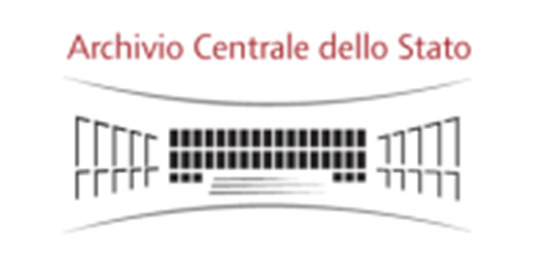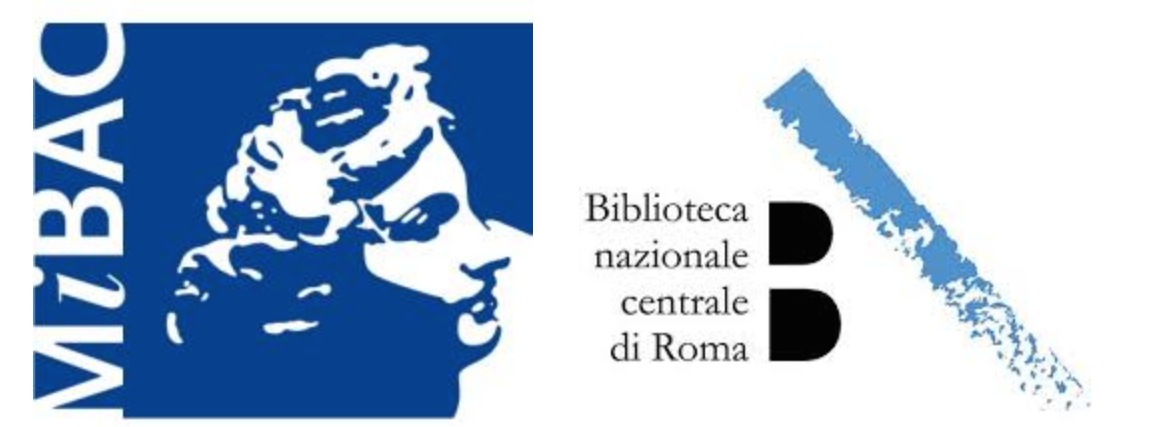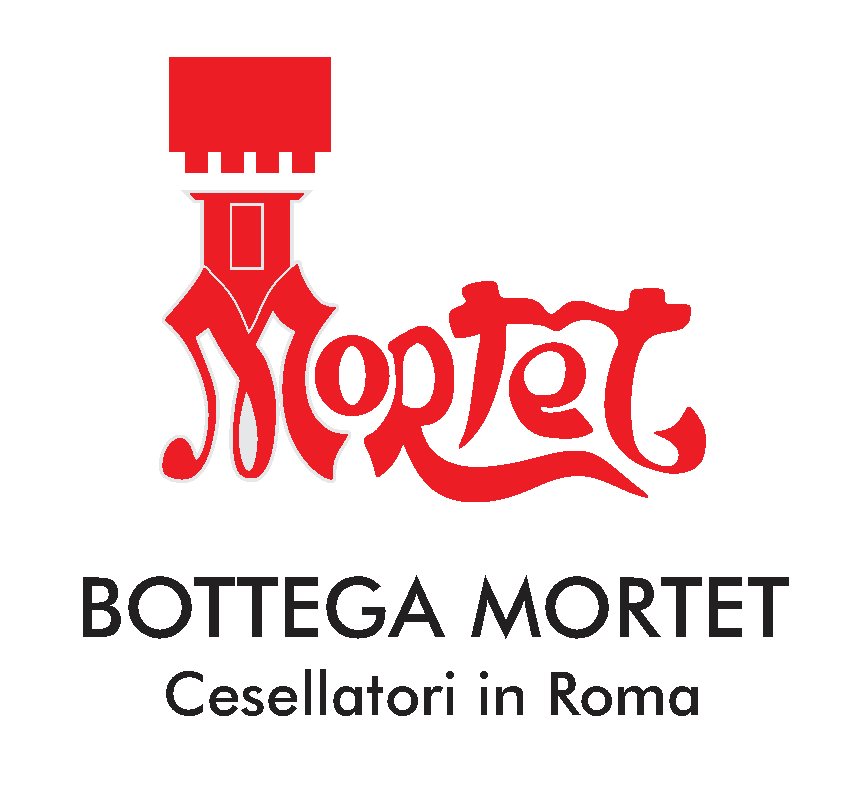
Il civico giusto
ROMA
The story of an idea that becomes reality. Let's discover it through the story of its creator Paolo Masini and Dante Mortet, the artist who created the artwork
Il civico giusto
Nazifascist persecutions in Rome, Italy and Europe provoked hundreds of thousands of refugees and clandestines. Many experienced a short-term tragic escape, chased away like frightened preys. They were sent to working, internment and extermination camps. But some of them experienced another story; a story of brotherhood, love, solidariety. Our project intends to tell the stories of these people to celebrate and honour those who hosted refugees at home helping them to survive, offering them shelter and food risking their life and asking for nothing. Sometimes for months. To honour the memory of some of them, Jewish Communities in many Countries, first and foremost Israel Community, created The Garden of the Righteous, places of secular sacredness where evergeen trees were planted. The first garden was the Yad Vashem with its Avenue of the Righteous surrounded by carob trees. A carob tree is not by chance since it takes 70 years to give fruit and is a symbol of fertility and solidariety. But today the memory of these generous people, selfless to the point of heroism, is fading or ignored in the districts and the houses they lived in, where they gave shelter to people chased by Nazifascists. People living today in the same house, the same building do not know what those walls saw and lived. Il Civico Giusto, a vision of Paolo Masini and Fabrizio Fantera, the son of the Righteous Bruno Fantera remembered in Yad Vashem, is a project to honour those people who refused to act as if nothing had happened in the darkest hour of European history. They didn’t turn their heads away. These women and men hid Jews, partisans, political opponents at their own risk, sometimes for months, and they did it for free. They did not ask whose religion and whose origin they belonged to: they simply opened their doors to human beings like them. Il Civico Giusto is a site where someone disobeyed a violent external order, letting prevail a dangerous inner disposition: protecting a victim of persecution while exposing him/herself to persecution as well. All this presumes the hidden: you cover the protected and you conceal the event, because the less traces remain the better. At the end of the war and the return to everyday life, most of these brave people kept all these events into their hearts, considering them like “normal” in a very exceptional situation. Not a word was worth saying. But the risk for remembrance to be buried into silence means its disappearance whereas those acts changed the life and destiny of people, feeding the world. Il Civico Giusto project, instead, intends to bring back those “trees” in their districts and homes in order to let their fruit ripen into new generations, spreading new seeds of solidariety, brotherhood and integration. That’s why our symbol is a carob tree to remind the many in the Gardens of the Righteous all over the world. Our aim is to mark and identify those buildings where the refugees found a safe haven thanks to the courage of their inhabitants: the safe refuge of those hunted by the Nazifascists. A project with a European dimension that starts from Rome and, through research and collection of testimonies, has the ambition to propose itself to the whole continent. Indeed, even in the darkest periods of history, there will always be people who will keep the torch of humanity alight. A real database for the city which, through a dedicated portal (www.ilcivicogiusto.it), will engrave those stories in the soul of Rome forever. A place available to all those interested in knowing and studying the documentation collected or intend making their own contribution. Our free database will in fact be enriched through work constantly in progress (email: ilcivicogiusto@romabpa.it). This project, conceived and developed by Roma Best Practices Award - Mamma Roma e i suoi figli migliori, makes use of numerous institutional and non-institutional collaborations.








